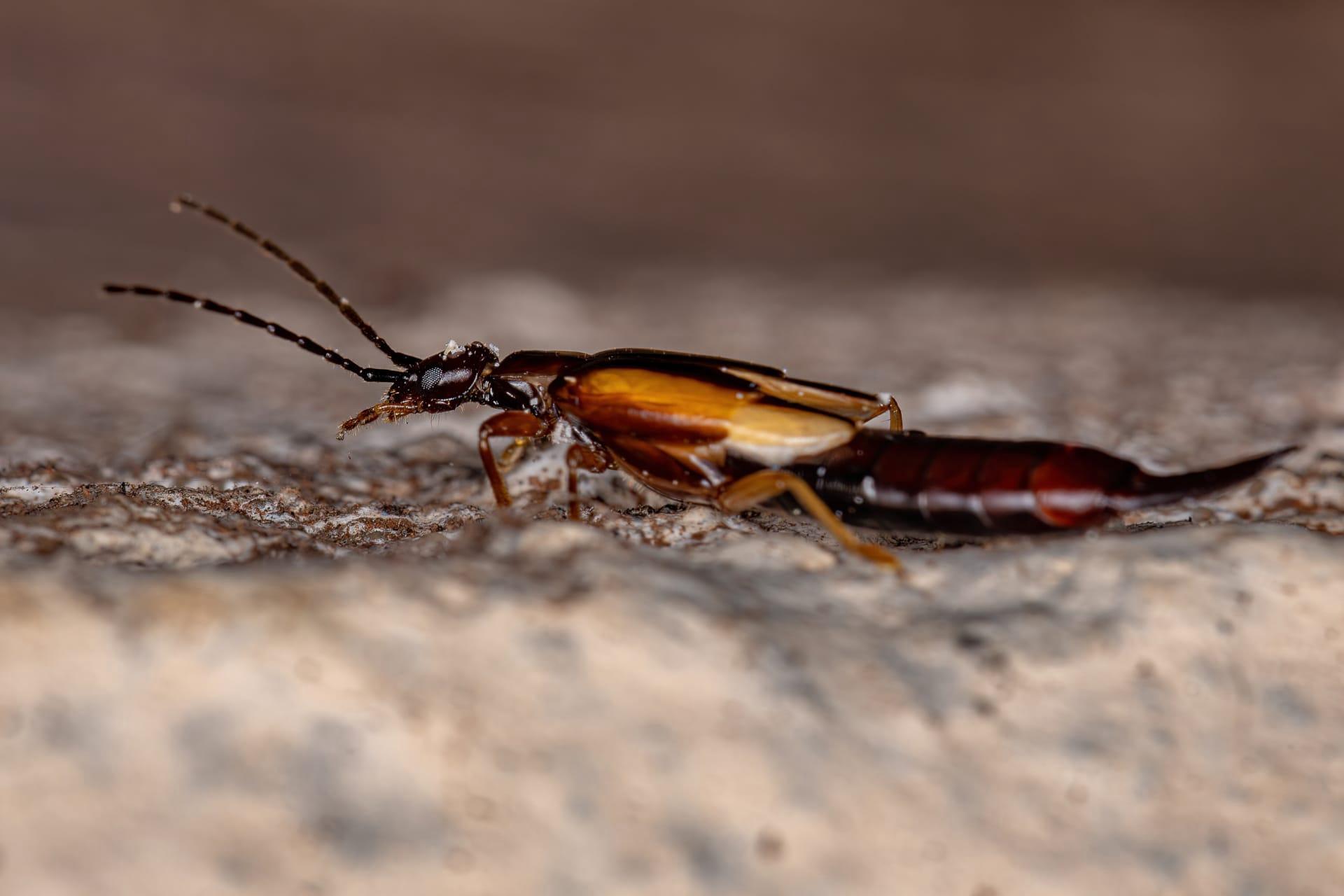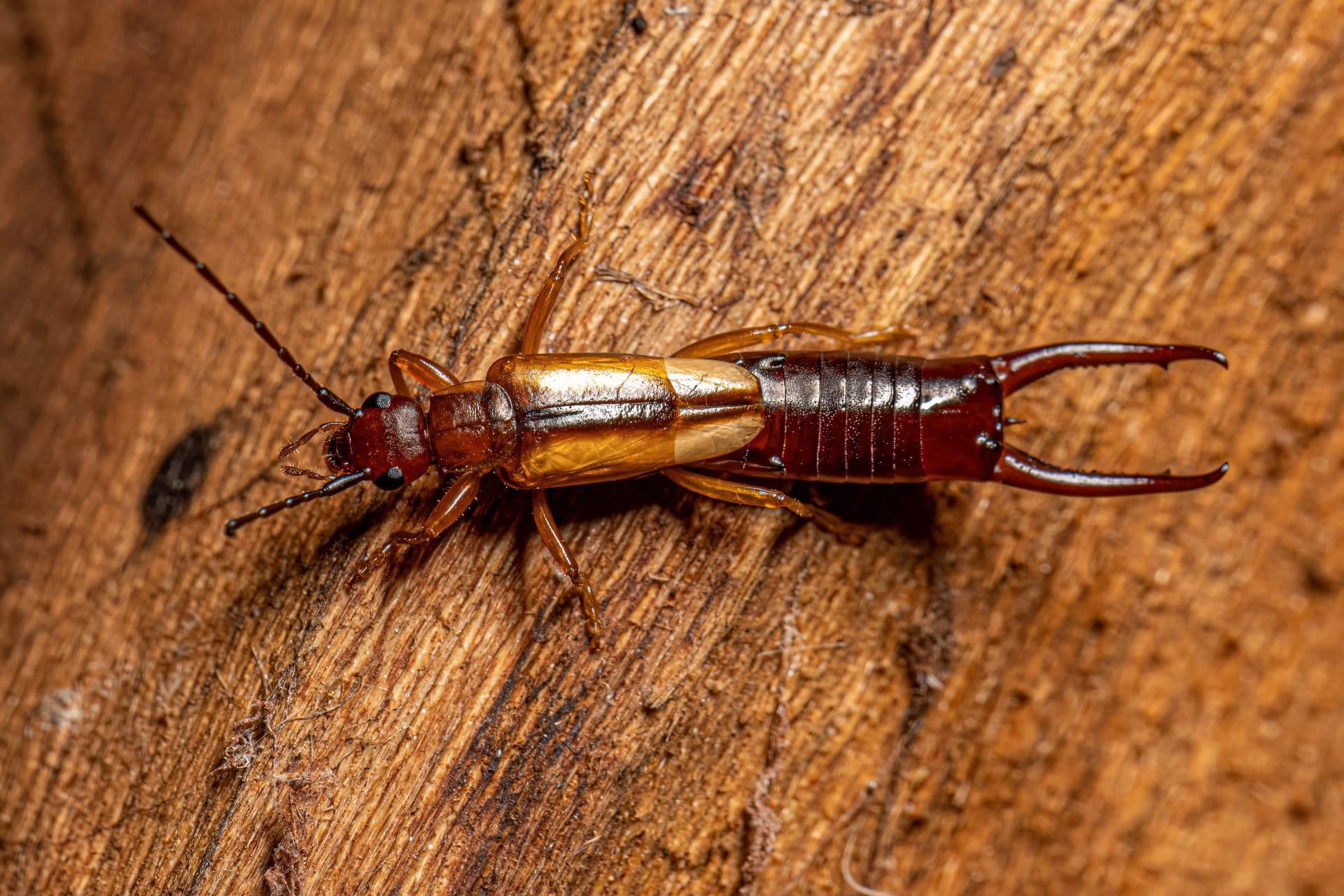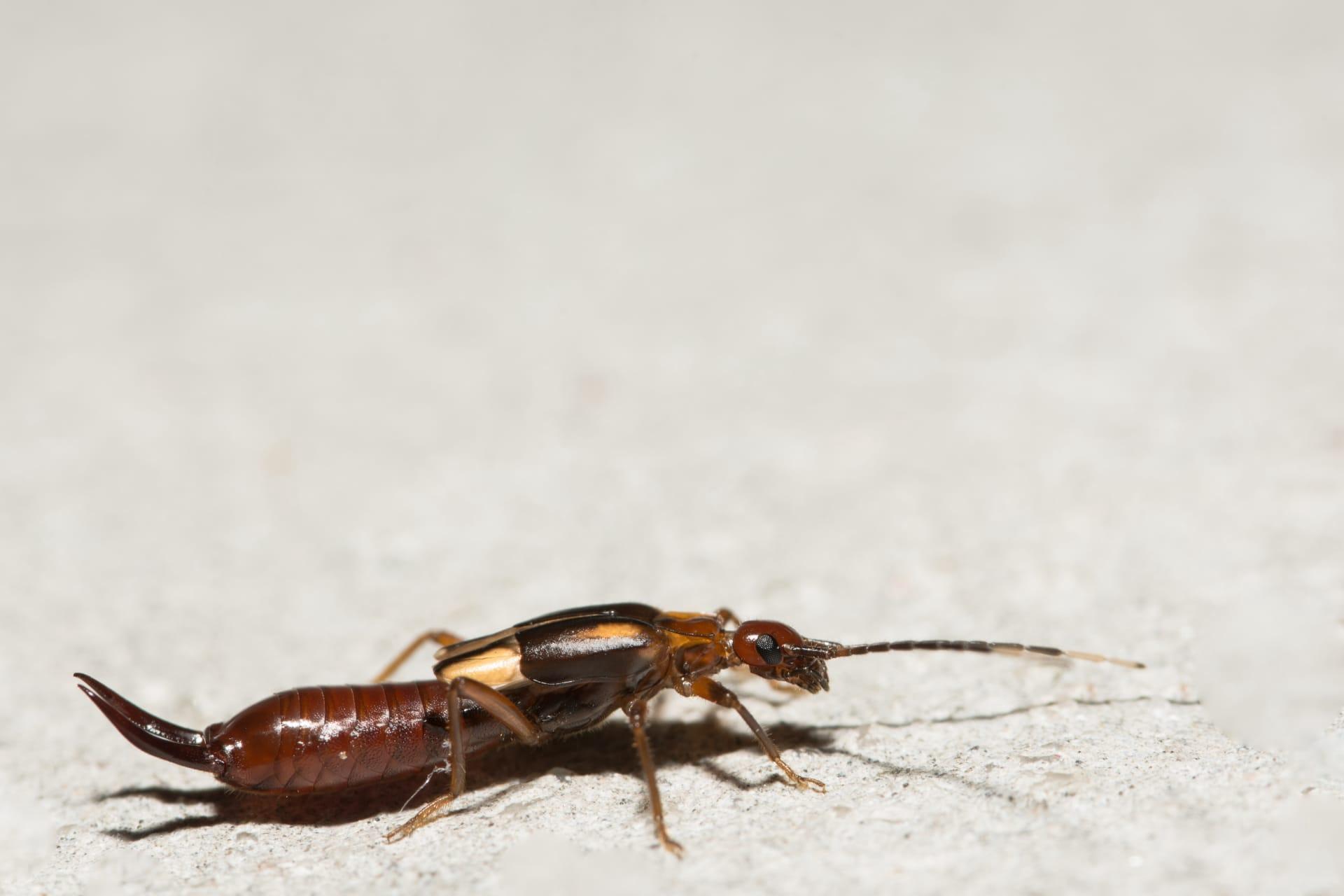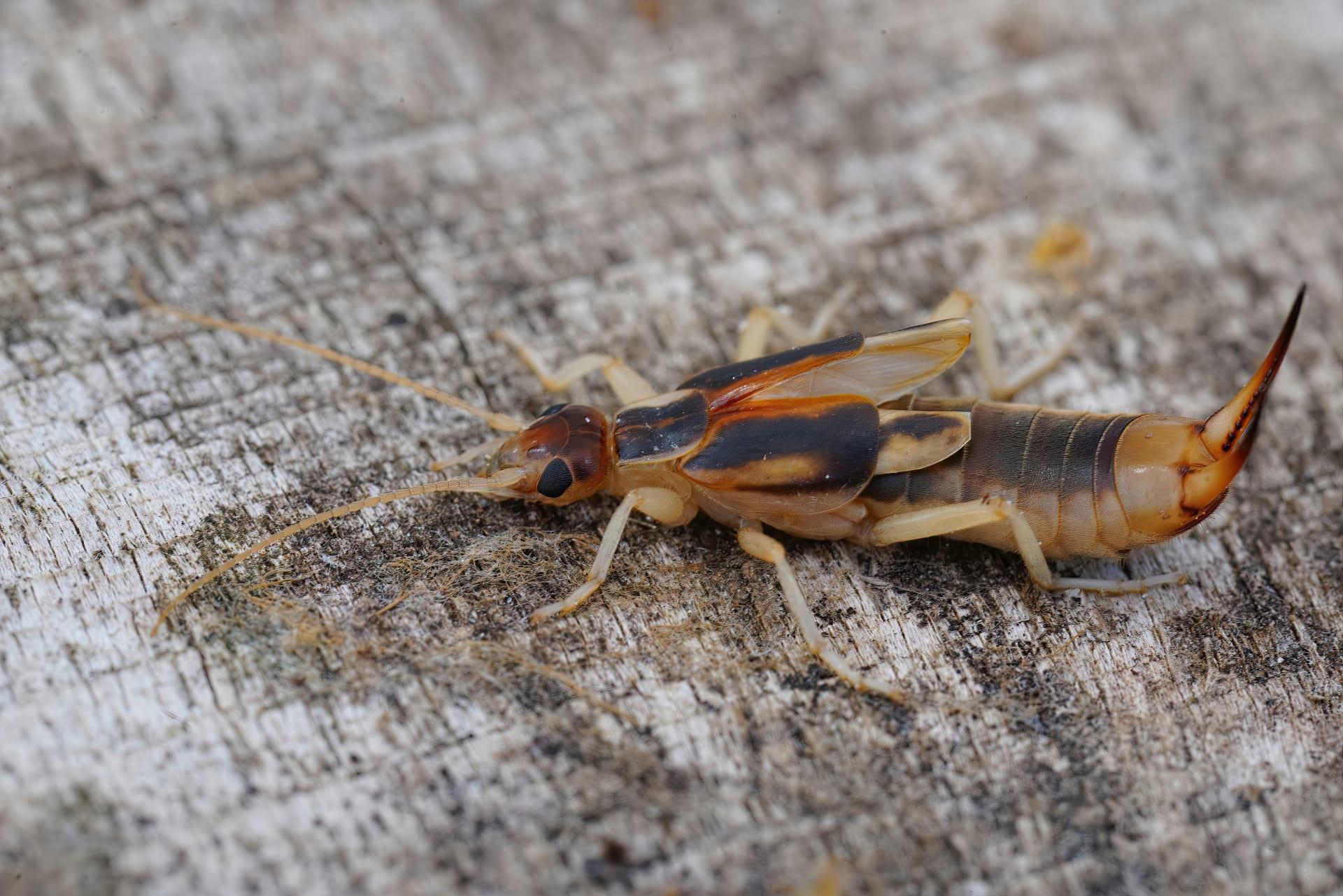Earwigs
- Home /
- Mini Encyclopedia /
- Animal /
- Earwigs
1
Earwigs, known scientifically as Dermaptera, are a distinct order of insects comprising over 2,000 species. These creatures are easily recognized by their characteristic pincers or forceps at the end of their abdomen. These forceps vary greatly among species and are more robust in males. Earwigs range in size from about 5 to 50 millimeters, with the Saint Helena Giant Earwig, now believed to be extinct, being the largest.
Earwigs are found on all continents except Antarctica, thriving in a variety of environments. They are most common in the Americas, Eurasia, and parts of Australia and New Zealand. Despite their widespread distribution, they prefer warm and humid climates and are often found under rocks, logs, or in soil. Some species are even known to invade household environments, seeking moisture.

2
Question: Do earwigs crawl into human ears and lay eggs?
Answer: This is a common myth about earwigs, but it's completely unfounded. There's no evidence to support the idea that earwigs crawl into human ears to lay eggs. Earwigs are generally harmless to humans and are more interested in seeking shelter in moist, dark environments than in human ears. Their name, 'earwig', comes from an old wives' tale and is not indicative of their behavior.

3
Earwigs' survival strategy largely revolves around their nocturnal nature. They are active at night and hide in damp, dark places during the day. This behavior helps them avoid predators and extreme temperatures. Earwigs are also known for their speed and agility, which aids in escaping threats.
Another notable survival tactic of earwigs is their use of forceps. These pincers are not only used for defense against predators but also play a role in mating rituals. Some species even use them to fold their wings neatly under their tough wing covers, though not all earwigs are capable of flight.

4
In ecosystems, earwigs play a dual role as both predators and prey. They feed on a wide range of materials, including plant matter, insects, and decaying organic material. This makes them important for controlling pest populations and aiding in the decomposition process.
Earwigs also serve as a food source for various birds, reptiles, and amphibians. Their presence in the food chain highlights their importance in maintaining ecological balance. Additionally, their burrowing activities can help aerate and enrich soil, benefiting plant growth.

5
Film: "The Secret World of Earwigs" is a documentary produced in the United States in 2021. It explores the diverse habitats and behaviors of earwigs, debunking myths and showcasing their ecological importance. The film features stunning macro photography, bringing the hidden world of these insects to life.
Book: "Insects Unveiled: Earwigs" by Dr. Laura Higgins, published in the UK in 2019, offers an in-depth look into the biology and behavior of earwigs. It delves into their life cycle, habitat, and the role they play in the environment, making complex scientific information accessible to a general audience.
Book: "The Earwig's Tail: A Modern Bestiary of Multi-legged Legends" by May Berenbaum, published in the USA in 2009. This book examines the myths and misconceptions surrounding earwigs and other insects. It combines scientific research with cultural history, providing a fascinating insight into how insects like earwigs have been perceived through the ages.